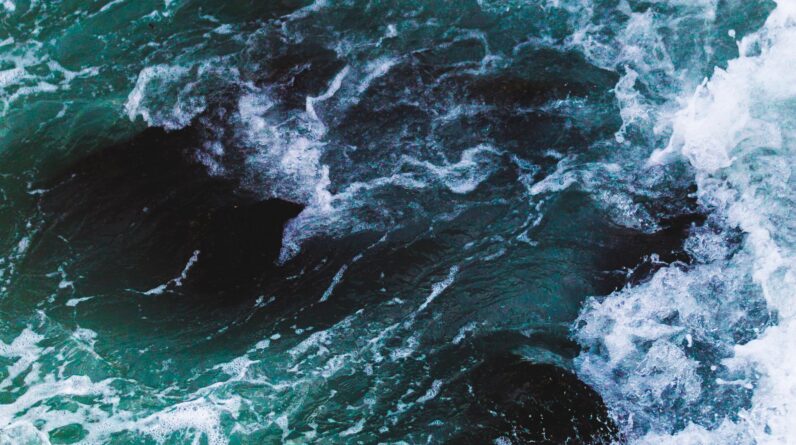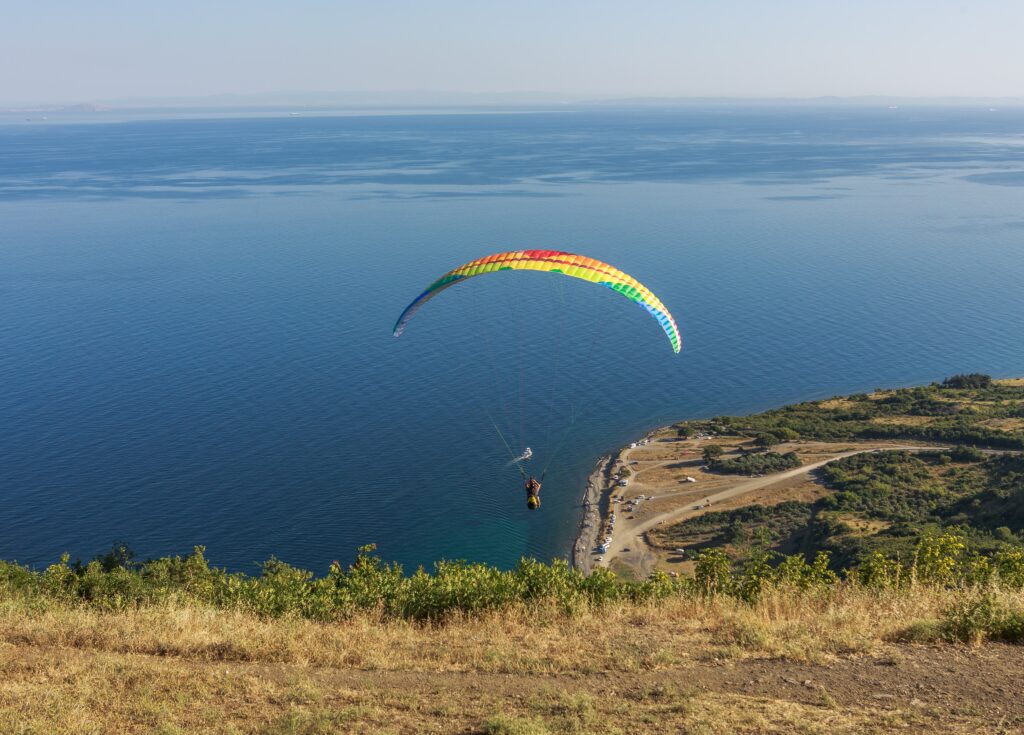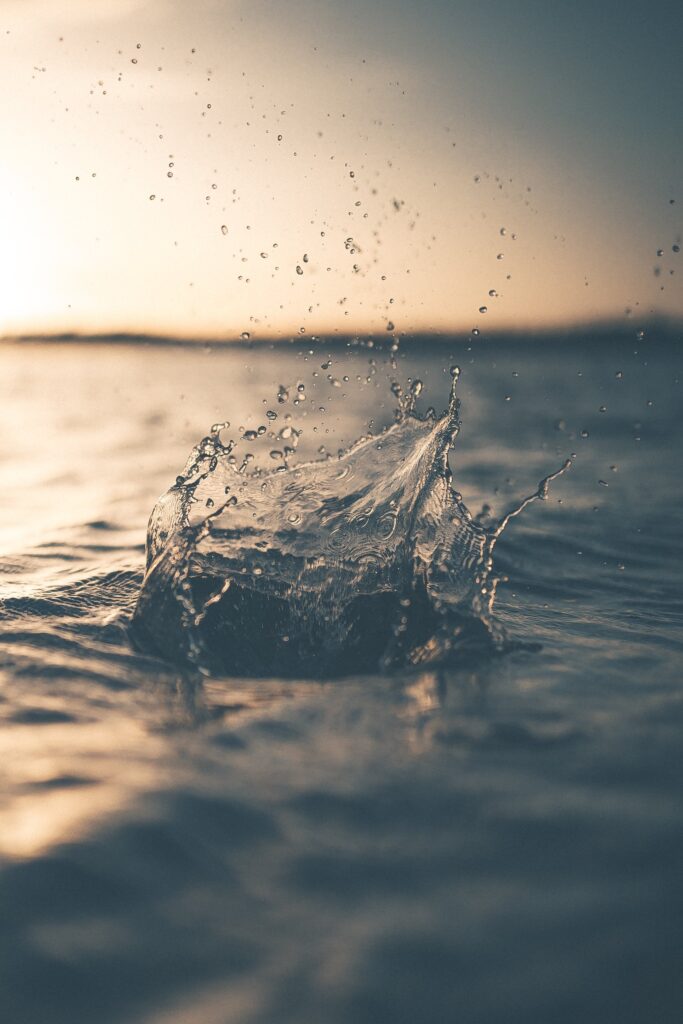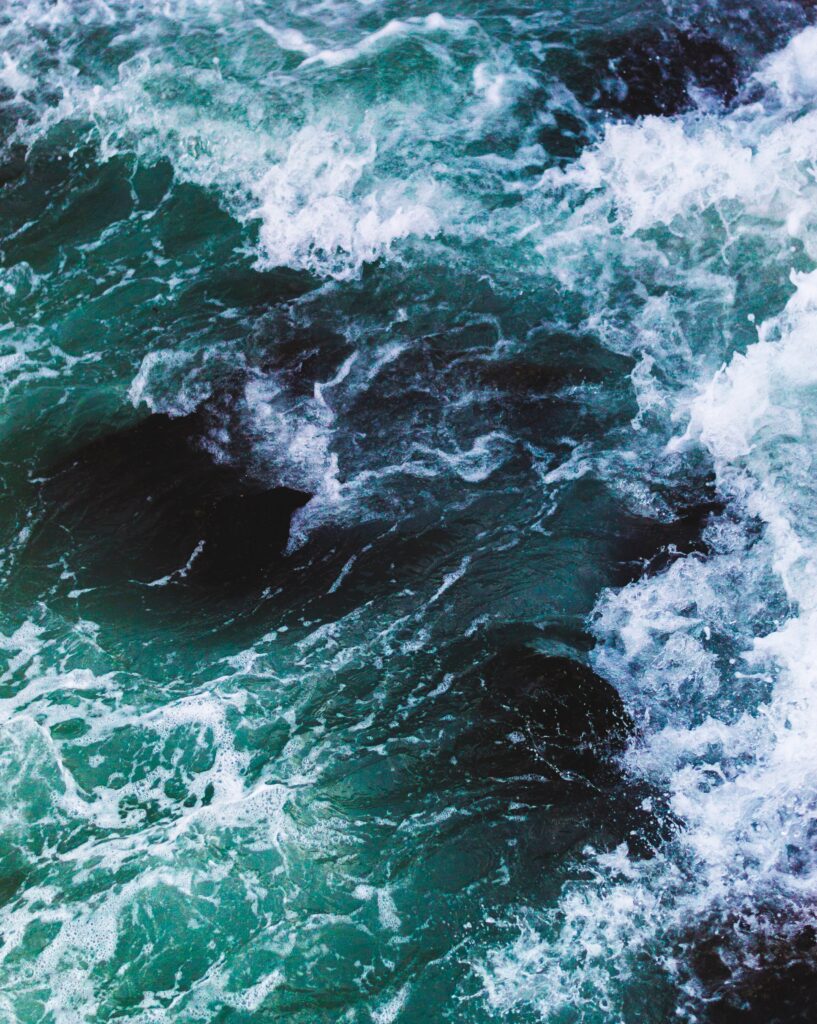
Looking for an affordable and reliable option for your kayaking adventures? Look no further than our “Affordable Non-Inflatable Kayaks”! These high-quality kayaks are perfect for beginners and seasoned kayakers alike, offering a durable and dependable option without breaking the bank. Say goodbye to the hassle of inflatables and hello to an enjoyable and stable kayaking experience. Explore the waters with confidence with our cheap non-inflatable kayaks.
Types of Affordable Non-Inflatable Kayaks
Hardshell Kayaks
Hardshell kayaks are the traditional type of kayak that are made from rigid materials such as plastic or fiberglass. They are durable, stable, and provide excellent performance on the water. Hardshell kayaks come in various sizes and designs, including recreational kayaks, touring kayaks, and sit-on-top kayaks. They are a popular choice among kayakers due to their reliability and affordability.
Foldable Kayaks
Foldable kayaks, also known as collapsible kayaks, are a newer type of non-inflatable kayak that offer portability and convenience. These kayaks are made from flexible materials like PVC or rubber-coated fabrics that can be folded and stored in a compact size. Foldable kayaks are lightweight, easy to transport, and can be assembled quickly. They are a great option for kayakers who are looking for a kayak that can be easily carried and stored.
Advantages of Affordable Non-Inflatable Kayaks
Durability
Affordable non-inflatable kayaks, whether made from hardshell or foldable materials, are known for their durability. Hardshell kayaks are made from robust materials that can withstand rough handling and impact. They are less prone to punctures and can endure challenging conditions. Foldable kayaks, although made from more flexible materials, are designed to be tear-resistant and have reinforced seams to ensure longevity. Investing in an affordable non-inflatable kayak means you can enjoy many years of kayaking adventures without worrying about your kayak deteriorating.
Stability
Stability is crucial when it comes to kayaking, especially for beginners or those who prefer a more relaxed paddling experience. Affordable non-inflatable kayaks excel in providing stability due to their rigid or semi-rigid construction. Hardshell kayaks have a solid base that offers excellent stability even in choppy waters. Foldable kayaks are designed with wider hulls, which enhances their stability on the water. With a stable kayak, you can paddle with confidence and enjoy a more comfortable ride.
Performance
Affordable non-inflatable kayaks can also offer impressive performance on the water. Hardshell kayaks have a sleek design that allows for smooth and efficient paddling. They are built to track well and glide through the water effortlessly. Foldable kayaks, although not as streamlined as hardshell kayaks, can still provide decent performance due to their rigid frames and hull designs. Whether you’re cruising down a calm lake or tackling rapids in a river, affordable non-inflatable kayaks can give you a satisfactory paddling experience without breaking the bank.
Ease of Use
Using an affordable non-inflatable kayak is generally straightforward and hassle-free. Hardshell kayaks require minimal assembly and can be used right out of the box. They often come with pre-installed seats and footrests, making them ready for immediate use. Foldable kayaks, although requiring some assembly upon initial setup, are designed to be user-friendly. Assembly usually involves unfolding the kayak, attaching the frame and seat, and securing the straps. Both types of kayaks are easy to launch and navigate, making them suitable for kayakers of all skill levels.
Storage Capacity
Affordable non-inflatable kayaks typically offer ample storage space for your gear and belongings. Hardshell kayaks often have spacious compartments or storage hatches that allow you to bring along essentials such as snacks, water bottles, and extra clothing. Some models even have built-in rod holders for fishing enthusiasts. Foldable kayaks usually feature deck bungee cords or storage bags where you can secure your gear. Despite their compact size when folded, these kayaks provide sufficient storage options for day trips or overnight adventures.

Factors to Consider When Choosing an Affordable Non-Inflatable Kayak
Material
The material of the kayak is an essential factor to consider when choosing an affordable non-inflatable kayak. Hardshell kayaks are typically made from high-density polyethylene (HDPE) or fiberglass. HDPE is known for its durability and impact resistance, making it a popular choice for affordable kayaks. Fiberglass offers superior performance and a lighter weight, but it can be more expensive. Foldable kayaks are often made from PVC or rubber-coated fabrics, which are lightweight, tear-resistant, and require minimal maintenance.
Weight Capacity
When selecting an affordable non-inflatable kayak, it’s crucial to consider its weight capacity. The weight capacity refers to the maximum weight the kayak can safely support without compromising stability and performance. It’s essential to choose a kayak that accommodates not only your body weight but also the weight of your gear and equipment. Be sure to check the manufacturer’s recommendations and factor in any additional weight you may carry during your kayaking trips.
Design and Shape
The design and shape of the kayak affect its performance and handling on the water. Hardshell kayaks come in various designs, including sit-in, sit-on-top, and recreational styles. Sit-in kayaks provide better protection from the elements and are suitable for colder climates. Sit-on-top kayaks offer more freedom of movement and are ideal for warm weather or recreational use. Foldable kayaks often have a more basic design but can still vary in shape, such as flat-bottom or V-shaped hulls. Consider your paddling style, preferred water conditions, and the activities you plan to engage in when choosing a kayak design.
Storage Options
Take into account the storage options available in the kayak. Hardshell kayaks often have storage compartments or hatches that allow you to keep your gear secure and protected from water. Some kayaks have built-in rod holders or attachment points for additional storage customization. Foldable kayaks usually feature deck bungee cords or storage bags where you can secure smaller items like snacks or a GPS device. Think about the gear and equipment you plan to bring and ensure the kayak can accommodate your storage needs.
Transportation and Portability
Consider how easily the kayak can be transported and how portable it is. Hardshell kayaks, especially larger models, can be challenging to transport without a roof rack or kayak trailer. They may require a dedicated vehicle or extra assistance to move them from one location to another. Foldable kayaks, on the other hand, are designed with portability in mind. They can be easily folded, carried in a backpack, and transported in the trunk of a car. If you anticipate needing to transport your kayak frequently or if storage space is limited, a foldable kayak may be the more practical choice.
Seat and Comfort
Comfort is crucial when spending long hours on the water. Check the seat design and adjustability options of the kayak. Hardshell kayaks often have molded seats with adjustable backrests and footrests for added comfort. Some models even have padded seats or cushioned backrests. Foldable kayaks typically come with fabric seats that are adjustable and provide decent support. Consider your own comfort preferences and test out the kayak’s seating arrangement if possible.
Stability and Maneuverability
The stability and maneuverability of the kayak contribute to the overall paddling experience. Consider the width and hull shape of the kayak, as these factors directly affect its stability. Wider kayaks tend to be more stable, making them suitable for beginners or those who prefer a relaxed paddling experience. Hull shapes can range from flat-bottom to V-shaped, with each providing different levels of stability and maneuverability. Think about the water conditions you plan to kayak in and choose a kayak that offers the appropriate balance between stability and maneuverability.
Paddle Compatibility
Ensure that the paddle you have or plan to purchase is compatible with the kayak you choose. Kayaks often have recommendations for paddle length based on their width and the paddler’s height. Consider the paddle type (e.g., kayak paddle, canoe paddle) and material (e.g., aluminum, fiberglass, carbon fiber) to find one that suits your needs. Compatibility between the kayak and paddle is essential for efficient and comfortable paddling.
Top Brands and Models of Affordable Non-Inflatable Kayaks
Pelican Maxim 100X
The Pelican Maxim 100X is a popular choice among affordable non-inflatable kayaks. It features a durable RAM-X construction, providing excellent impact resistance and stability. With a weight capacity of 275 pounds, it can accommodate most paddlers and their gear. The Maxim 100X has a sit-in design, making it suitable for various water conditions. It also includes adjustable footrests, a comfortable seat, and multiple storage compartments for enhanced convenience.
Perception Pescador Pro 12.0
The Perception Pescador Pro 12.0 is another renowned model in the affordable non-inflatable kayak category. It offers exceptional stability and versatility for fishing enthusiasts. The kayak features a spacious cockpit and a removable Pro Seat for added comfort during long fishing trips. With a weight capacity of 375 pounds, it can handle larger paddlers and their fishing gear. The Pescador Pro 12.0 also includes molded-in rod holders and gear tracks for easy customization.
Sun Dolphin Aruba 10
The Sun Dolphin Aruba 10 is a compact and affordable non-inflatable kayak suitable for recreational use. It has a sit-in design and a spacious cockpit for easy entry and exit. The kayak is made from rugged UV-stabilized Fortiflex high-density polyethylene, ensuring durability and longevity. With a weight capacity of 250 pounds, it can accommodate most average-sized paddlers. The Aruba 10 features adjustable foot braces, a convenient storage compartment, and a water bottle holder.
Lifetime Tamarack Angler 100
For kayak anglers on a budget, the Lifetime Tamarack Angler 100 is a top choice. This sit-on-top kayak is equipped with fishing-specific features, including two-rod holders and a center console for tackle storage. The Tamarack Angler 100 has a weight capacity of 275 pounds and a comfortable padded seat backrest. It offers great stability on the water, making fishing trips enjoyable and hassle-free.
Field & Stream Eagle Talon 120
The Field & Stream Eagle Talon 120 is a versatile non-inflatable kayak suitable for various water conditions. It has a sit-on-top design and is constructed from rugged UV-protected high-density polyethylene. The Eagle Talon 120 features a large open cockpit for easy entry and exit, as well as ample storage options. With a weight capacity of 400 pounds, it can accommodate larger paddlers and their gear. This kayak also includes adjustable foot braces, molded-in paddle holders, and multiple fishing rod holders.

Comparison of Prices and Features
Pelican Maxim 100X vs. Perception Pescador Pro 12.0
Both the Pelican Maxim 100X and the Perception Pescador Pro 12.0 are affordable non-inflatable kayaks that offer excellent value for money. The Maxim 100X is typically priced lower than the Pescador Pro 12.0, making it a more budget-friendly option. However, the Pescador Pro 12.0 offers additional features specifically designed for fishing, such as molded-in rod holders and gear tracks. If you prioritize fishing capabilities, the Pescador Pro 12.0 may be the better choice. On the other hand, if you’re looking for a reliable and versatile kayak for general recreational use, the Maxim 100X is a solid option.
Sun Dolphin Aruba 10 vs. Lifetime Tamarack Angler 100
The Sun Dolphin Aruba 10 and the Lifetime Tamarack Angler 100 are both affordable non-inflatable kayaks, but they cater to different types of kayakers. The Aruba 10 is a compact sit-in kayak suitable for recreational use and casual paddling. It is lightweight, easy to maneuver, and provides good stability on calm waters. The Tamarack Angler 100, on the other hand, is a sit-on-top kayak designed specifically for fishing. It features fishing-specific accessories and offers enhanced stability for casting and reeling in fish. Consider your kayaking goals and choose the kayak that aligns with your intended use.
Field & Stream Eagle Talon 120 vs. Pelican Maxim 100X
The Field & Stream Eagle Talon 120 and the Pelican Maxim 100X are affordable non-inflatable kayaks with distinct design features. The Eagle Talon 120 has a sit-on-top design, providing more freedom of movement and easy access to gear. It is stable, versatile, and offers a higher weight capacity than the Maxim 100X. The Maxim 100X, on the other hand, has a sit-in design and is known for its durability and ease of use. Both kayaks are suitable for recreational use, but the choice between them ultimately depends on your personal preferences and paddling style.
Best Places to Find Affordable Non-Inflatable Kayaks
Second-hand Stores and Online Marketplaces
One of the best ways to find affordable non-inflatable kayaks is by checking second-hand stores and online marketplaces. Websites like Craigslist, Facebook Marketplace, and eBay often have a wide selection of used kayaks at lower prices. Just be sure to inspect the kayak carefully before purchasing and negotiate a fair price if necessary.
Outdoor Retailers and Sporting Goods Stores
Outdoor retailers and sporting goods stores are excellent places to find affordable non-inflatable kayaks, especially during sales and promotions. Stores like REI, Dick’s Sporting Goods, and Cabela’s often offer discounted prices on kayaks, especially during the off-season. Keep an eye out for clearance sales, special deals, or loyalty programs that can help you save money on your purchase.
Clearance Sales and Discounts
Clearance sales and discounts are great opportunities to find affordable non-inflatable kayaks. Outdoor retailers, online retailers, and kayaking specialty stores sometimes offer clearance sales to make room for newer models or seasonal inventory. These sales can provide significant discounts, allowing you to get a high-quality kayak at a fraction of the original price. Keep an eye out for newsletters, email updates, or social media posts from your favorite retailers to stay informed about upcoming sales and discounts.
Kayak Clubs and Communities
Kayak clubs and communities are valuable resources for finding affordable non-inflatable kayaks. Members of these groups often sell their kayaks or know someone who is looking to sell. By joining a local kayak club or online community, you can connect with fellow kayakers and inquire about any kayak sales or used kayaks available. These communities are also a great way to gain valuable insights, tips, and recommendations about kayaking in general.

Maintenance Tips for Affordable Non-Inflatable Kayaks
Cleaning and Washing
Regular cleaning and washing are essential to keep your affordable non-inflatable kayak in good condition. After each use, rinse the kayak with fresh water to remove any salt, sand, or debris. Use a mild detergent or kayak cleaner to clean the kayak’s surface, paying attention to any stains or stubborn dirt. Avoid using harsh chemicals or abrasive scrubbers that could damage the kayak’s material. Finally, thoroughly dry the kayak before storing it to prevent mold or mildew growth.
Storage and Protection
Proper storage and protection help prolong the lifespan of your affordable non-inflatable kayak. Ideally, store the kayak indoors or in a sheltered area away from direct sunlight, extreme temperatures, and humidity. If outdoor storage is the only option, cover the kayak with a purpose-built kayak cover or a tarp to protect it from UV rays and the elements. Avoid storing the kayak on its side or with heavy objects resting on top, as this can cause warping or deformation.
Inspecting and Repairing
Regularly inspect your affordable non-inflatable kayak for any signs of damage or wear. Check for cracks, deep scratches, or punctures in the kayak’s hull. Inspect the attachments, handles, and hatches for loose or broken components. If you notice any damage, promptly address it to prevent further deterioration. For minor scratches or scuffs, use a kayak repair kit or appropriate touch-up paint. If more significant repairs are needed, consult a professional or contact the kayak manufacturer for guidance.
UV Protection
UV protection is crucial to prevent your affordable non-inflatable kayak from fading or becoming brittle over time. Exposure to sunlight can degrade the kayak’s material, affecting its strength and performance. Apply a UV protectant specifically designed for kayaks to the kayak’s surface. These protectants often contain ingredients that shield against UV rays and provide additional durability. Regularly reapply the UV protectant according to the manufacturer’s instructions to maintain optimal protection.
Top Accessories for Affordable Non-Inflatable Kayaks
Paddles
A reliable paddle is an essential accessory for any kayaker. Look for a paddle that is suitable for your height and paddling style. Consider the material, such as aluminum, fiberglass, or carbon fiber, as it affects the paddle’s weight and performance. Look for features like adjustable shaft length, ergonomic grips, and buoyancy to enhance your paddling experience.
PFD (Personal Flotation Device)
A Personal Flotation Device (PFD) is a must-have accessory for kayakers of all skill levels. Choose a PFD that is comfortable to wear, properly fits your body size, and meets safety regulations. PFDs come in various styles, including vest-style, inflatable, or waist-pack designs. Ensure that your PFD is properly secured and easily accessible in case of emergencies.
Kayak Seats
An upgraded kayak seat can significantly enhance your comfort and support during long hours on the water. Look for kayak seats with adjustable backrests, padded cushions, and breathable materials. Some seats also offer extra lumbar support or ergonomic designs for added comfort. Consider your specific needs and preferences when choosing a kayak seat.
Dry Bags
Dry bags are essential for keeping your gear and belongings safe and dry while kayaking. Look for dry bags that are waterproof, durable, and available in different sizes. Choose bags with secure closures, such as roll-top closures or waterproof zippers. Consider getting multiple sizes to accommodate various items, from phones and wallets to extra clothing and food.
Kayak Carts
Kayak carts are handy accessories that make it easier to transport your kayak over longer distances. Look for carts with sturdy frames and pneumatic tires that can handle rough terrain. Consider carts with adjustable widths or folding capabilities for easy storage. Ensure that the cart’s weight capacity is compatible with the weight of your kayak.
Kayak Roof Racks
If you frequently transport your affordable non-inflatable kayak on top of a vehicle, a kayak roof rack is a valuable accessory. Look for roof racks that are compatible with your vehicle’s roof type and kayak size. Choose racks with adjustable straps or cradles that secure the kayak safely during transportation. Some roof racks also offer additional features like lock systems or compatibility with other outdoor gear.
Safety Tips for Kayaking with Affordable Non-Inflatable Kayaks
Wear a PFD at all Times
Always wear a Personal Flotation Device (PFD) when kayaking with an affordable non-inflatable kayak. A PFD can save your life in the event of an accident or unexpected capsize. Ensure that the PFD is properly fitted and secured, and choose one that is designed for kayaking or water sports.
Check Weather Conditions
Before heading out on the water, always check the weather conditions and forecast. High winds, storms, or heavy rain can make kayaking dangerous and more challenging. Be aware of any advisories or warnings in your area and adjust your kayaking plans accordingly.
Inform Someone of Your Planned Route
Inform a trusted friend or family member of your planned kayaking route and estimated return time. This way, someone will know where you should be and can alert authorities if you fail to return as expected. Keep your cell phone or a communication device with you in case of emergencies.
Learn Basic Kayaking Techniques
Familiarize yourself with basic kayaking techniques and safety procedures before venturing out on the water. Learn how to paddle efficiently, maneuver, and perform self-rescue techniques. Taking a kayaking course or joining a guided tour can provide valuable lessons and practical experience.
Know the Water and Obstacles
Be familiar with the water conditions and potential obstacles in the area where you plan to kayak. Research the water body you’ll be paddling in, including any potential hazards, currents, or hidden rocks. Pay attention to navigation aids or marked channels to avoid areas that may be unsafe or off-limits.
Practice Self-Rescue Techniques
Practice self-rescue techniques in a controlled environment, such as a calm lake or swimming pool. Learn how to re-enter your kayak after a capsize, either using a paddle float or a partner-assisted rescue. Familiarize yourself with different rescue techniques, such as the T-rescue or eskimo roll, depending on your skill level and kayaking environment.
Conclusion
Affordable non-inflatable kayaks offer an excellent opportunity for adventure enthusiasts to explore the waters without breaking the bank. Whether you choose a hardshell or foldable kayak, you can enjoy the durability, stability, performance, ease of use, and storage capacity that these kayaks provide. Consider essential factors like material, weight capacity, design, storage options, transportation, and comfort when choosing the right kayak for your needs. Explore reputable brands and models such as the Pelican Maxim 100X, Perception Pescador Pro 12.0, Sun Dolphin Aruba 10, Lifetime Tamarack Angler 100, and Field & Stream Eagle Talon 120. Take advantage of comparison tools to find the best combination of price and features that suits your preferences. Look for affordable non-inflatable kayaks at second-hand stores, outdoor retailers, and clearance sales. Once you’ve purchased your kayak, ensure proper maintenance by following cleaning, storage, inspection, and repair tips. Enhance your kayaking experience with top accessories like paddles, PFDs, kayak seats, dry bags, kayak carts, and kayak roof racks. Always prioritize safety by wearing a PFD, checking weather conditions, informing someone of your kayak route, and practicing basic kayaking techniques. With the right kayak and safety precautions in place, you can embark on memorable kayaking adventures without stretching your budget.







